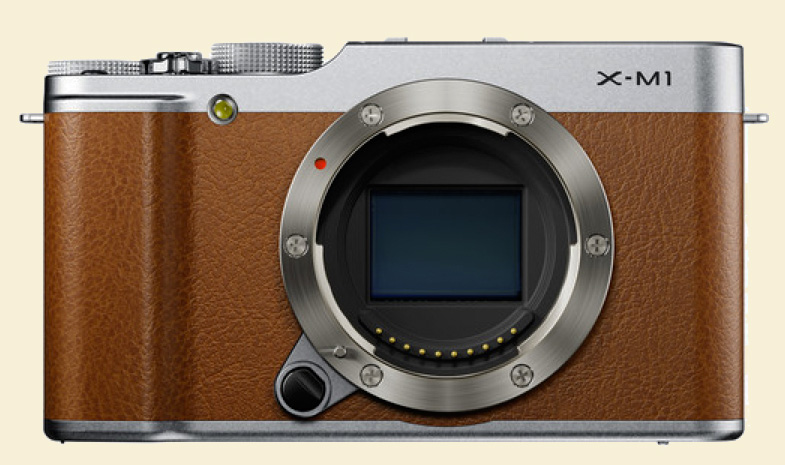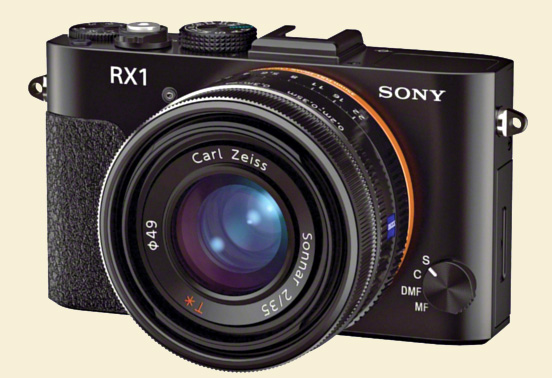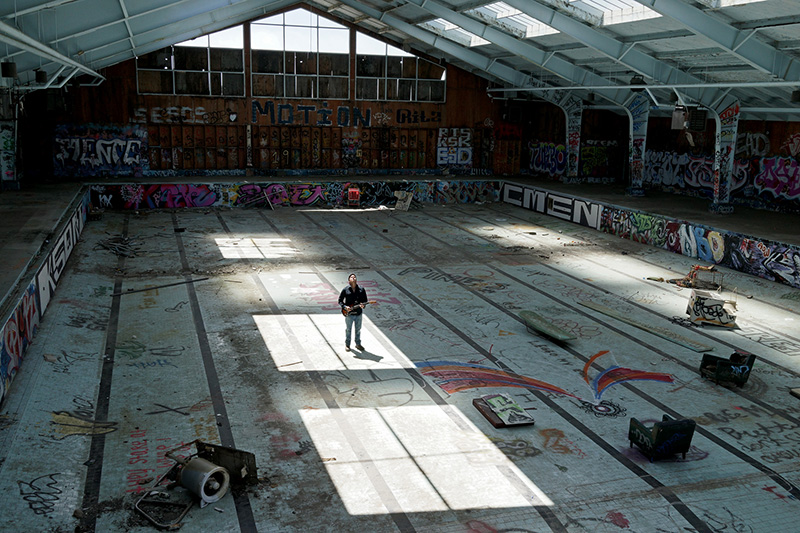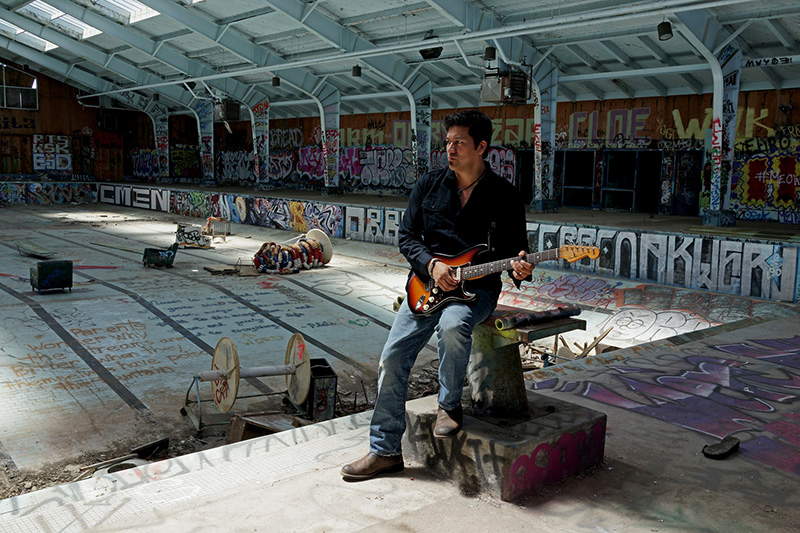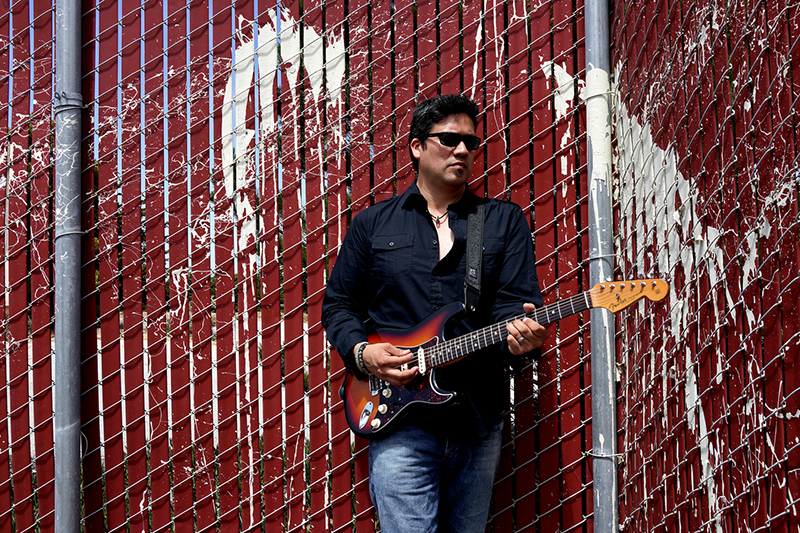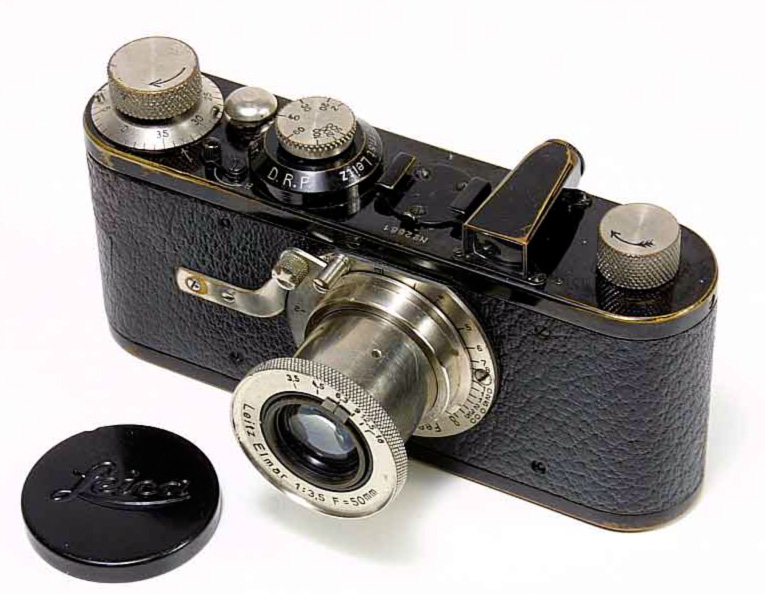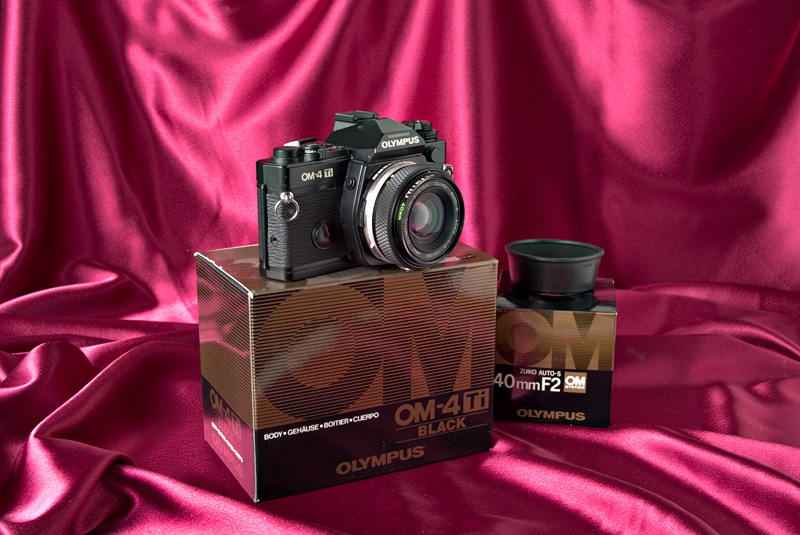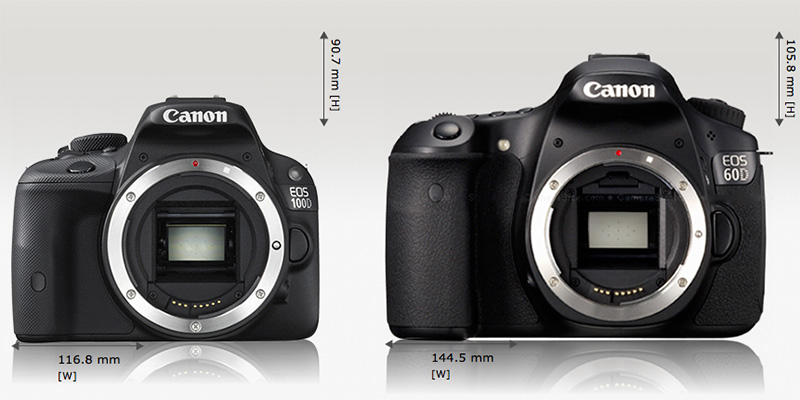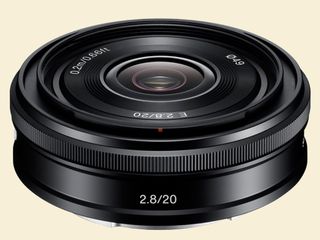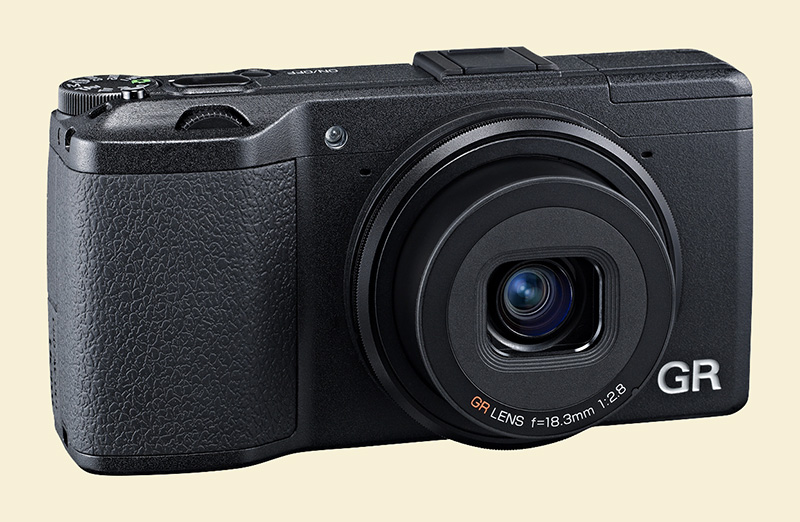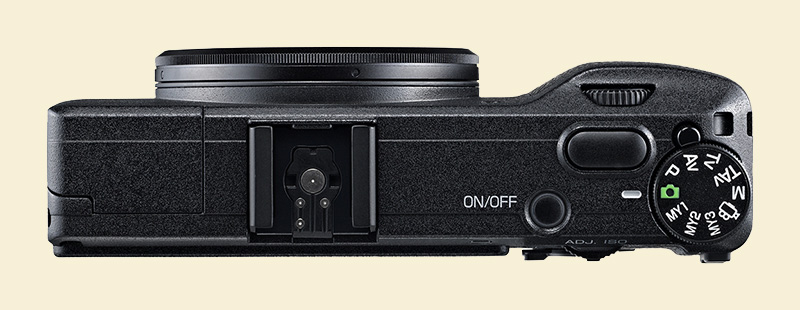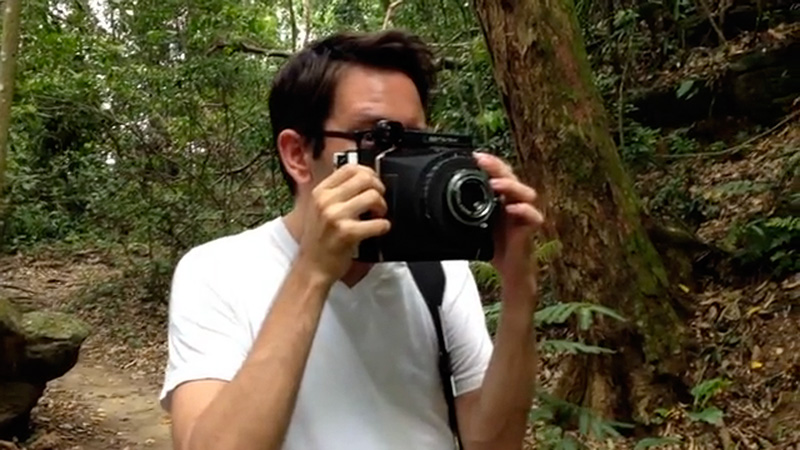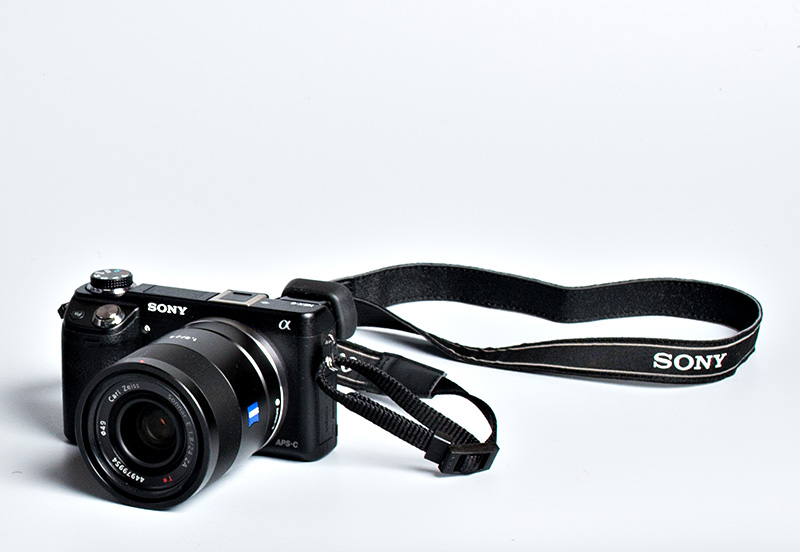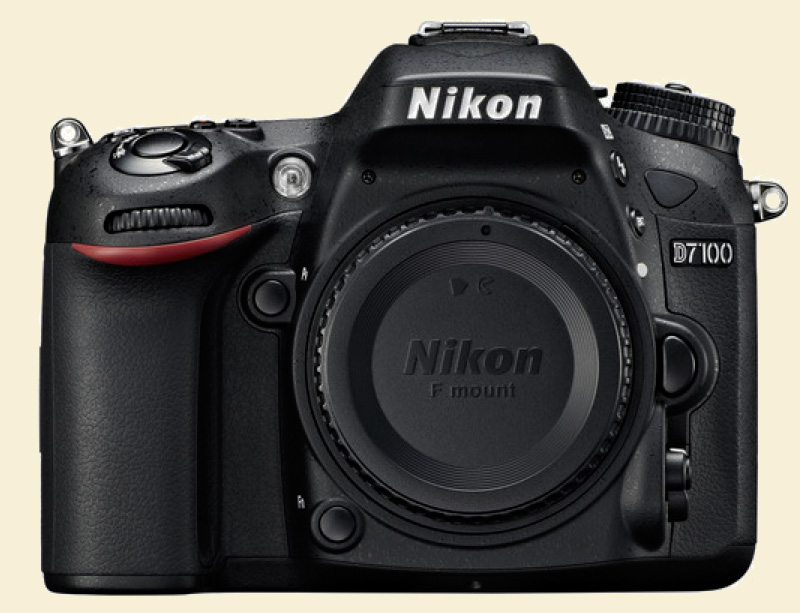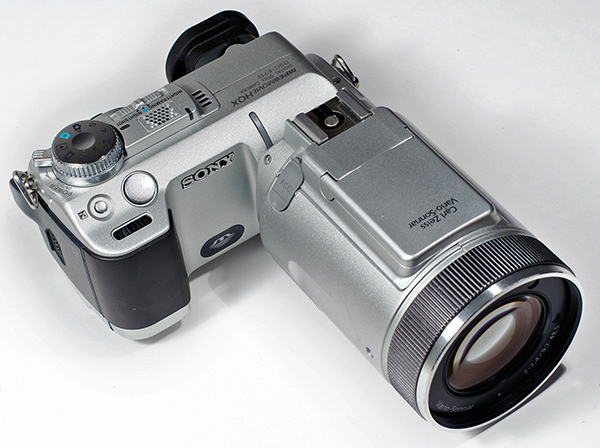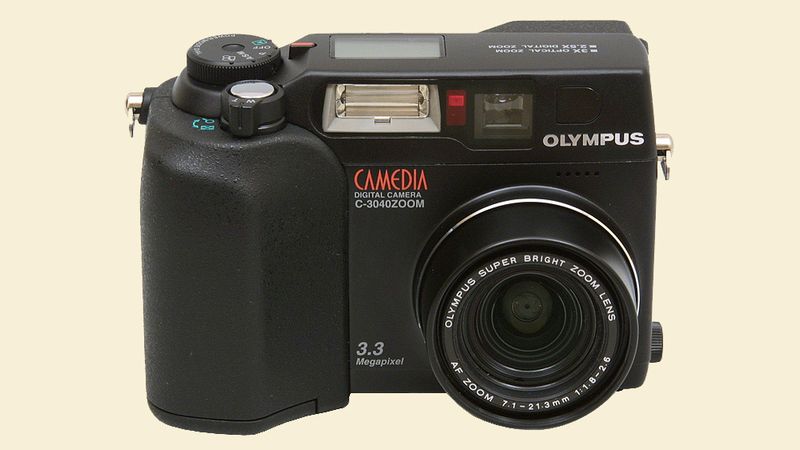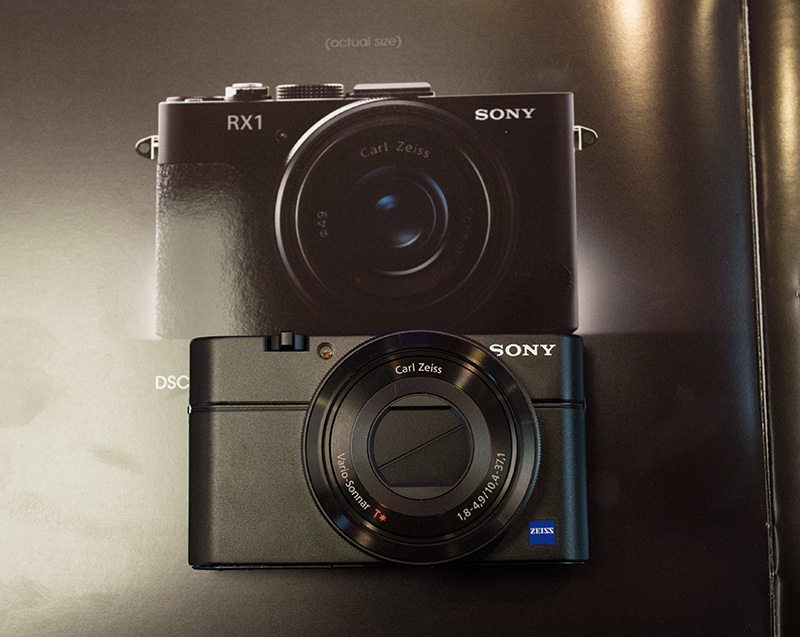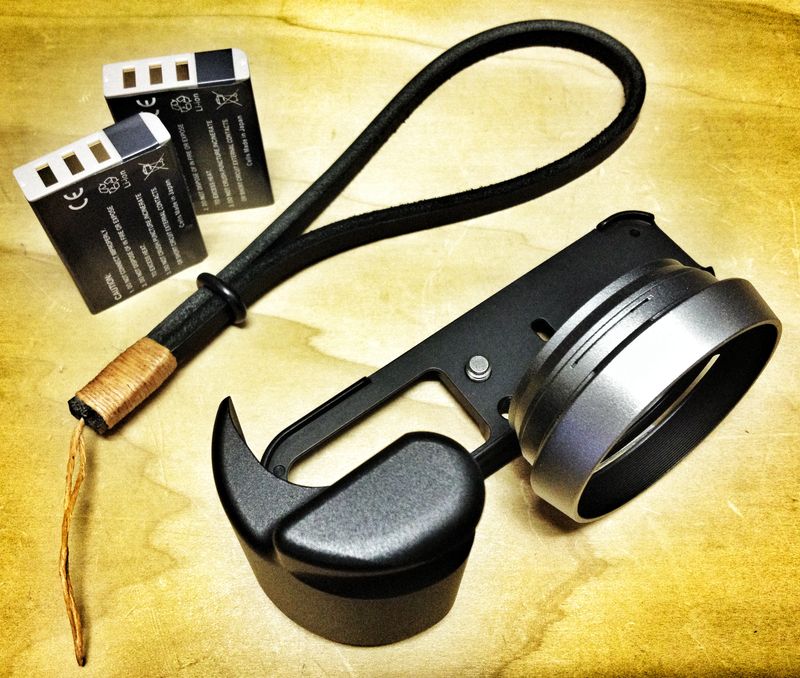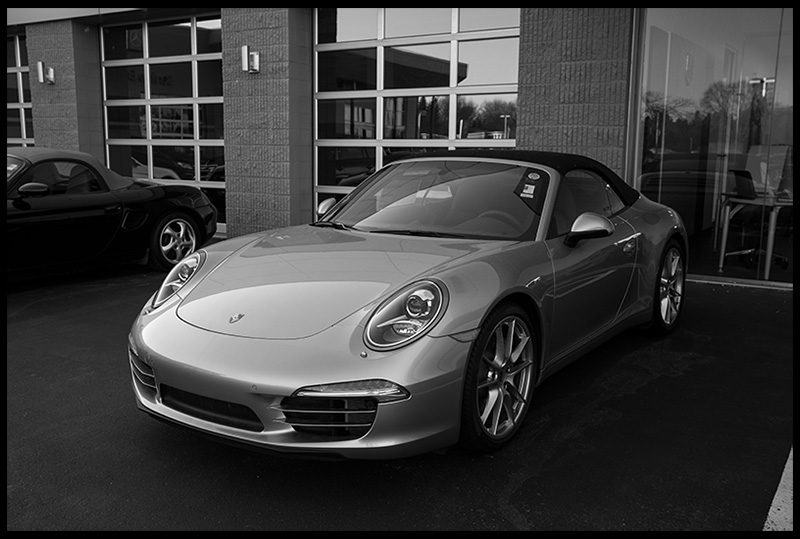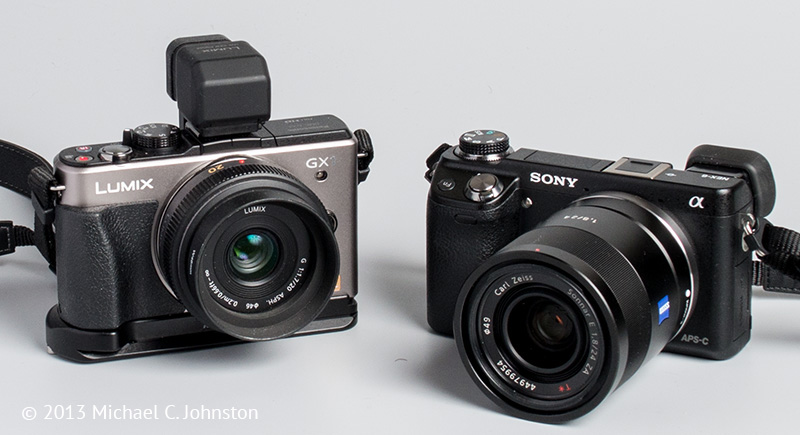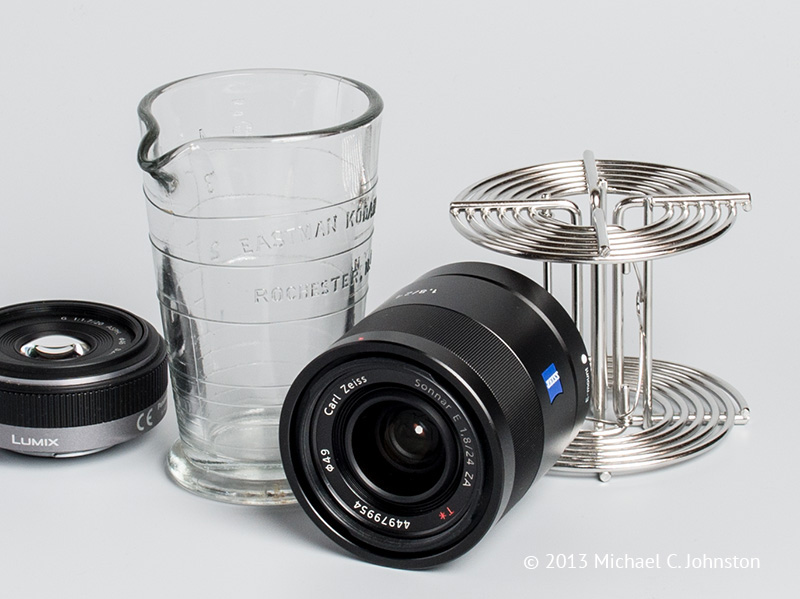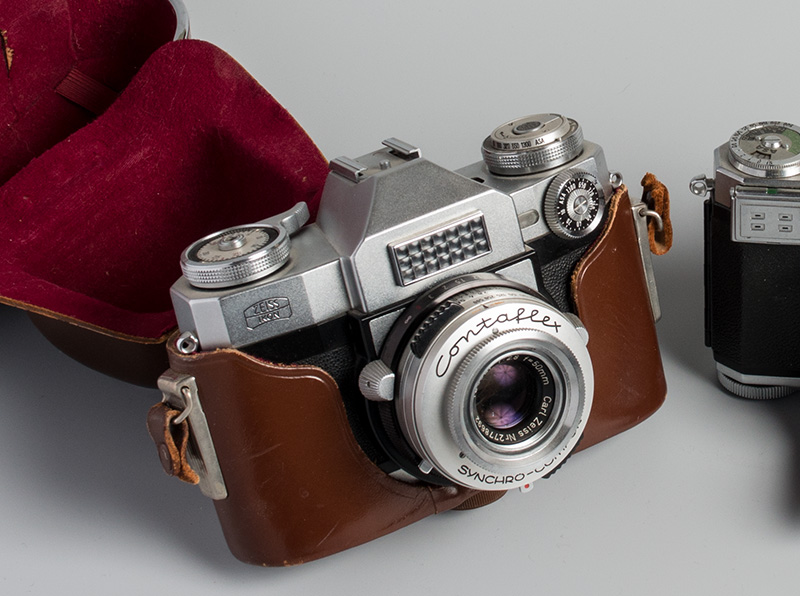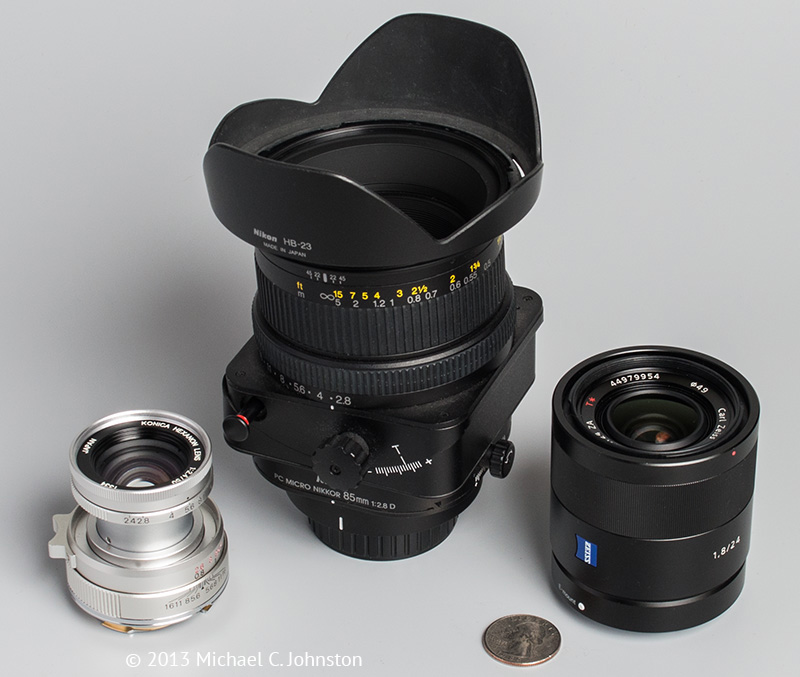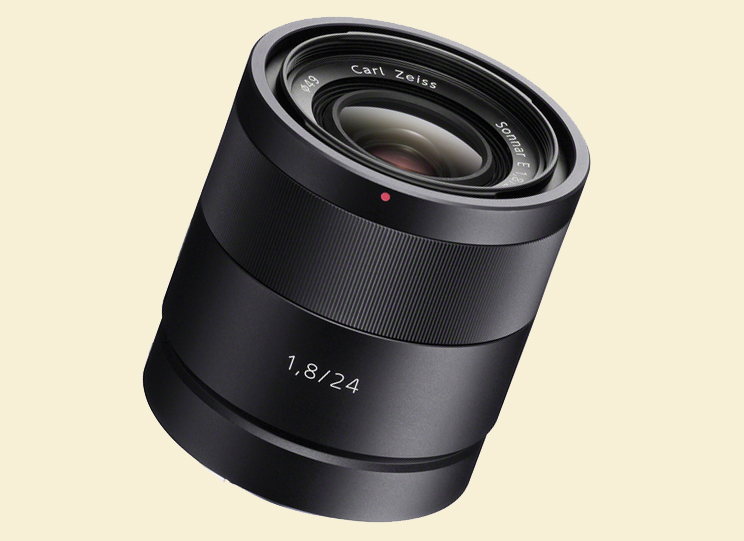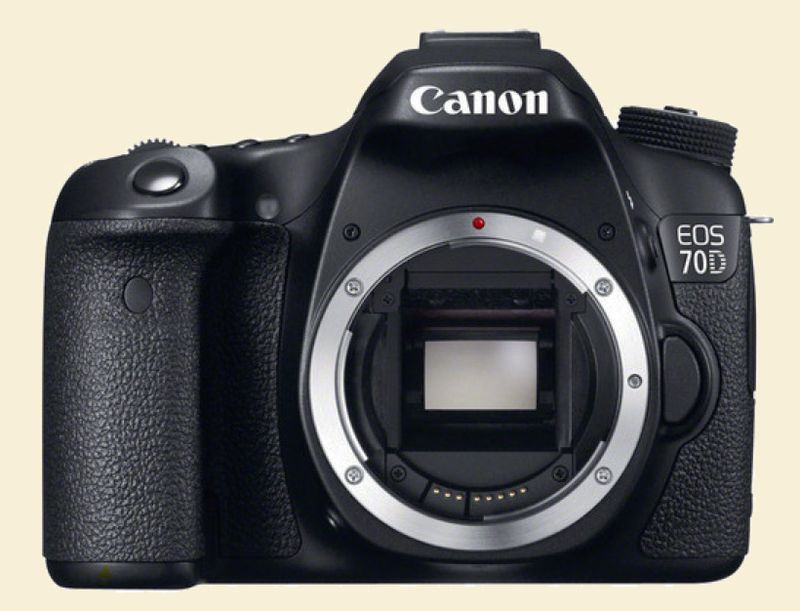 The new Canon 70D, which evolved from the 60D which evolved from the...
The new Canon 70D, which evolved from the 60D which evolved from the...
The Canon 70D was introduced last night. It's an APS-C DSLR with a legacy (from 35mm) EOS lensmount. It's probably the most mainstream product from the world's leading camera company. "Most mainstream" at least for more serious photography enthusiasts...the Honda Accord of DSLRs, you might say. It is the latest iteration in a very long line of antecedents.
And, in the manner of lineages that stretch back into the mists of history, I no longer quite have the entire thing clear in my head. (Chances are you can name all your grandparents. Can you name all your great-great-grandparents?) The 70D traces its heritage back to 2000 (39 years ago in digital-camera-years) to the Canon D30, a 3.1-megapixel mid-line camera that was the first "good" digital SLR to break the $3,000 barrier, if memory serves. That camera inspired all manner of serious comparisons between digital and film and a great deal of close analysis and breast-beating that remains in the hobby's DNA down to the present day even though the conditions between now and that long-ago era have changed greatly. I think the lineage went D30/ D60/ 10D/ 20D / 30D / 40D / 60D (the 50D was a sidestep, intended—in Dpreview's term—as a "sister" model for the 40D) / 70D. I'm open to being corrected.
As such, the 70D is a "refreshed" model—that is, an evolution.
Just to review, a few flavors of new camera:
1. The ever-popular abovementioned REFRESHMENT, when a common model is updated with new and up-to-the-minute technical features whether it needs it or not. One knows how to spot a refreshment because, generally, one is obliged to refer to documentation or enthusiast websites to detect the actual differences between the newest iteration and the model it is hustling off into retirement (in this case the 60D, currently on closeout for the fire-sale price of just $599). This move on the part of cameramakers is a holdover from the era just past when progress really was rapid enough to warrant frequent updatings. It is now popular for that as well as for marketing reasons, because, while a consumer will take a photograph with a smartphone instead of a camera without a second thought, that same consumer cannot see the sense of parting with good money for, say, a creaky, cruddy, outmoded and unfashionable two-year-old model of a DSLR.
The truest mark of a refreshment is a "II" or ".2" designation modifying an already-existing camera model name. The new Sony RX100 II is a classic case in point. (We love this camera—the original one—and do not think it likely that the new "II" model's touch-ups are likely to ruin what's great about it.)
In some cases, refreshments can make perfect sense, because one or two features of a camera really are lacking, and beg for sensible modification. In another not-uncommon wrinkle, a company might be surprised to find itself with a hit on its hands, and would merely like to put a little more engineering effort into the product in keeping with its popularity—which it probably ought to have done from the start, except that who knew how many people were going to end up buying the thing?
Note that lenses can be refreshed too, often sporting one of the aforementioned "sequel" designations. (At the link is a refreshment of one of our very favorite lenses. This one's a "II" too. It, too, appears to have not been ruined by the refreshment process.)
2. The VARIANT, when a common model is given some new feature or functionality—or, in the case of the new Sony RX1R, had a feature or functionality removed. (In the new Sony's case, the anti-aliasing filter has been removed—a popular gambit of late, as most digital cameras these days are woefully unsharp and need all the help they can get to recover some small portion of all that lost and missing sharpness. Actually, this particular feature—sorry, this lack of a feature—is mainly valuable for people who buy $2,800 cameras yet who for some reason don't or can't process their own images and don't know what "sharpening" in post could possibly refer to; to them, the unfiltered "sharp" file from the camera is what they call, in the military, "PFM"—"pure [effing] magic." On the good side, the curious have only to buy one camera that has had its anti-aliasing filter removed; after that, you will know firsthand that it really doesn't matter all that much, and you then won't have to buy any more cameras with that feature—sorry, without that feature—in the future.)
Getting back to this topic heading: you know how to spot variants because they live in the line side-by-side with their progenitors. Usually, the model name contains an added alphanumeric squib. In the example, the RX1R is a variant of the RX1.
3. The PROLIFERATION. A wise old gray head in the camera industry told me many, many moons ago that you can spot a particularly successful camera model because it sprouts a whole lineup of similar models. Fujifilm took itself very much by surprise with the sudden and enduring success of its Leica-like X100 model in 2010, which it apparently expected to be a short-lived, limited-market, low-sales boutique model for smart Japanese females desirous of a spiffy fashion accessory. It was a most auspicious development, however, because, to the delight of photo enthusiasts the world over, a revitalized Fujifilm has been churning out similarly-themed cameras ever since. (Including a classic refreshment.) The newest proliferation is the new Fuji X-M1, coming later this very month, which exploits a heretofore unsuspected niche that Fuji's marketers discovered between the X-E1 and the X100S.
Proliferation models are often intended to be answering guns to the shots fired across the bows of one grand manufacturer by another grand manufacturer. In the X-M1's case, it is said to be Fuji's answer to Sony's NEX-6. However, the X-M1 has no eye-level viewfinder, electronic or otherwise, so it's not really competition; we recommend you keep saving for that X-E1 you really want.
• • •
From here we might get into making distinctions between the various types of original camera product introductions...the above being a categorization of the unoriginal types. But this has maundered on a bit long already, and it's getting late in the day.
One last point though, that's worth mentioning—perhaps I should have put this right at the top and not buried it at the end of the post where only those with long attention spans will see it: only worthy camera models get refreshed. It has to be a good camera that people like and buy, or it's not worth refreshing. A refreshment, almost by definition, is the evolution of a success.
Mike
Original contents copyright 2013 by Michael C. Johnston and/or the bylined author. All Rights Reserved. Links in this post may be to our affiliates; sales through affiliate links may benefit this site.
(To see all the comments, click on the "Comments" link below.)
Featured Comments from:
Adrian: "Given the new sensor technology with phase detection AF in every single pixel, I think it's a bit unfair to throw the 70D into the annual-meaningless-refresh-to-keep-consumers-buying bucket. Certainly an interesting piece of technology. I wonder if this could lead to Lytro-like capabilities for mainstream cameras."
David Dyer-Bennet (partial comment): "In contrast, the 70D is being widely touted as a major game changer in other venues."
Mike replies: Other venues are clearly more with the program, and are doing their jobs right. If it helps, yes, it's completely different, far better than the last one, and you should order yours right away. It's the greatest thing. Until the next greatest thing.
I'm not saying it isn't. But a sensor that, in Dpreview's words, "promises much-improved focusing in live view and movie mode," while meeting with my sympathetic approval, doesn't make the lather appear in the corners of my mouth.
Reminds me of an experience long ago: a customer was standing at a camera counter looking over the then-brand-new Contax 167MT, which had a built-in motor drive, spot metering, auto-bracketing, and several other innovative-for-the-time features. He was crowing to the salesman, "This obsoletes EVERYTHING else!"
Major game-changer, I guess is what that was.
Then both he and the salesman turned to rest their eyes on the several-generations-old 139Q hanging from my neck. Hey, mine had quartz timing. That was a major game changer once too.
Pout.
I'm not immune. I'm so much "with the program" that when I get out my A900, sometimes I don't expect it to even work. It is, after all, 15 years old in digital-camera-years.
Jim: "This is the prelude to the 50-megapixel full-frame body to come. Upscale the sensor size and that is what you come up with: 50 MP. Now if these guys could just come up with a mechanical mirror lock feature...."
Mike replies: If you're telling me my 36-MP Nikon is not going to be the latest, greatest thing forever, I'm sticking my fingers in my ears and not looking at you.
hugh crawford (partial comment): "The Canon 70D just seems like a refresh. It's more like a giant wooden horse full of chocolate-covered jalapeno peppers."
Kevin Purcell: "For a video overview of the Canon Dual Pixel AF phase detection AF see this page. About 64% of the area of the sensor has dual photodiodes (80% of the sensor in each direction)."
Michael Ryan: "As a still photographer I tend to agree with you.The 70D is indeed just a slight upgrade, even using 'live view' as I occasionally do, it really is not a big deal.
"However, as a professional photographer, many of my clients now request video to be shot alongside still photography or even just video alone. They always request a Canon EOS 5D Mark II and not a digicam, as they like the cinematic feel of the video which instantly adds quality to their productions. At the moment (STM lenses not withstanding) you need to shoot video on manual focus, which is a huge problem when either people or the camera are moving. When I've had the budget and time I have employed a focus puller—that's an actual person whose job it is just to follow the focus where I want it while I'm filming and they usually carry more gear than me. The thought of actually being able to continuously film and have the focus follow the action I want, or perhaps even reliably do a focus pull (an effect where the focus moves from one object or person to another in the frame while filming) without employing an additional person or trying with multiple retakes is very exciting news, and no other DSLR comes close at the moment (even their own 650D was a marginal but somewhat pointless improvement).
"I won't buy the 70D myself, but if it works I would love to see the technology added to their more professional line of cameras. If, and it's a big if, it lives up up the hype, this is actually as revolutionary as the first autofocus lens, for pro photographers working with video today."
Paul Bass: "It still doesn't tell you where to point it."
Mike replies: DON'T TEMPT THEM. That'll be the next big thing several big things from now....
ray: "You recommend you keep saving for that X-E1 we really want? Not really, since I already have an X-Pro1. I'll probably end up buying the XM as a true pocket cam/P&S replacement that takes my growing XF mount lens collection. Did you see the 27mm they introduced with it? Despite the lack of aperture ring, dead sexy. I value an eye level finder pretty highly, but for wides and normals, using the tilt LCD as a WLF is pretty serviceable.
"So I kind of think you're underestimating the number of XPro and XE shooters who are thinking the same thing—they are just as much (if not more so) the target audience of this as potential NEX shooter.
"And keep in mind that at the same time, Fuji is delivering firmware that essentially updates all their ILC bodies to the latest/greatest feature set, which takes a lot of the upgrade pressure off.
"I personally love what Fuji is doing. They're a big company that's iterating like a startup, getting product out quickly, yes; but backing it up with incremental improvements without forcing you to buy new. As Henry Smith points out on his blog, the X-Pro1 is basically a different camera today than the one it was at launch."
Stephen Scharf: "In product-development speak, the Canon 70D is classified as a 'product line enhancement' in that it takes the core functionality and quality attributes and makes them better. The RX100 II is also a good example of a product line enhancement.
"The Fuji X-M1 is a 'line extension.' It takes the core platform that a product or series of product is based on, and extends that core platform of functionality and quality attributes into a broader range of products. Mike used the example of an Accord for the 70D. That analogy is appropriate. For example, a number of Hondas and Acuras are line extensions based on the Accord platform: The Accord, the TSX, the TL, and the European variants [I believe the Crosstour is also based on the Accord platform —Ed.]. The new Acura ILX, on the other hand, is basically a line extension from the Honda Civic.
"With regards to the Fuji X-cameras, the X100S is a line ehancement to the original X100, whereas the X-M1 is a line extension (as was the X-E1 from the X-Pro1).
"Regarding the Sony RX100....I have one, and have been using it when going out without my X-Pro1 or OM-D. My overall reaction is 'blah.' The LCD display is useless in bright daylight (you can't see what you're shooting at all), the lens can be prone to flare from bright side light, and the camera doesn't have the dynamic range compared to the OM-D, let alone the X-Pro1. There's no 'magic' in the RX100 files, either. They're excellent, don't get me wrong; they remind me of most DSLRs. But the OM-D has magic in its files, and the X-Pro1 has even more."
